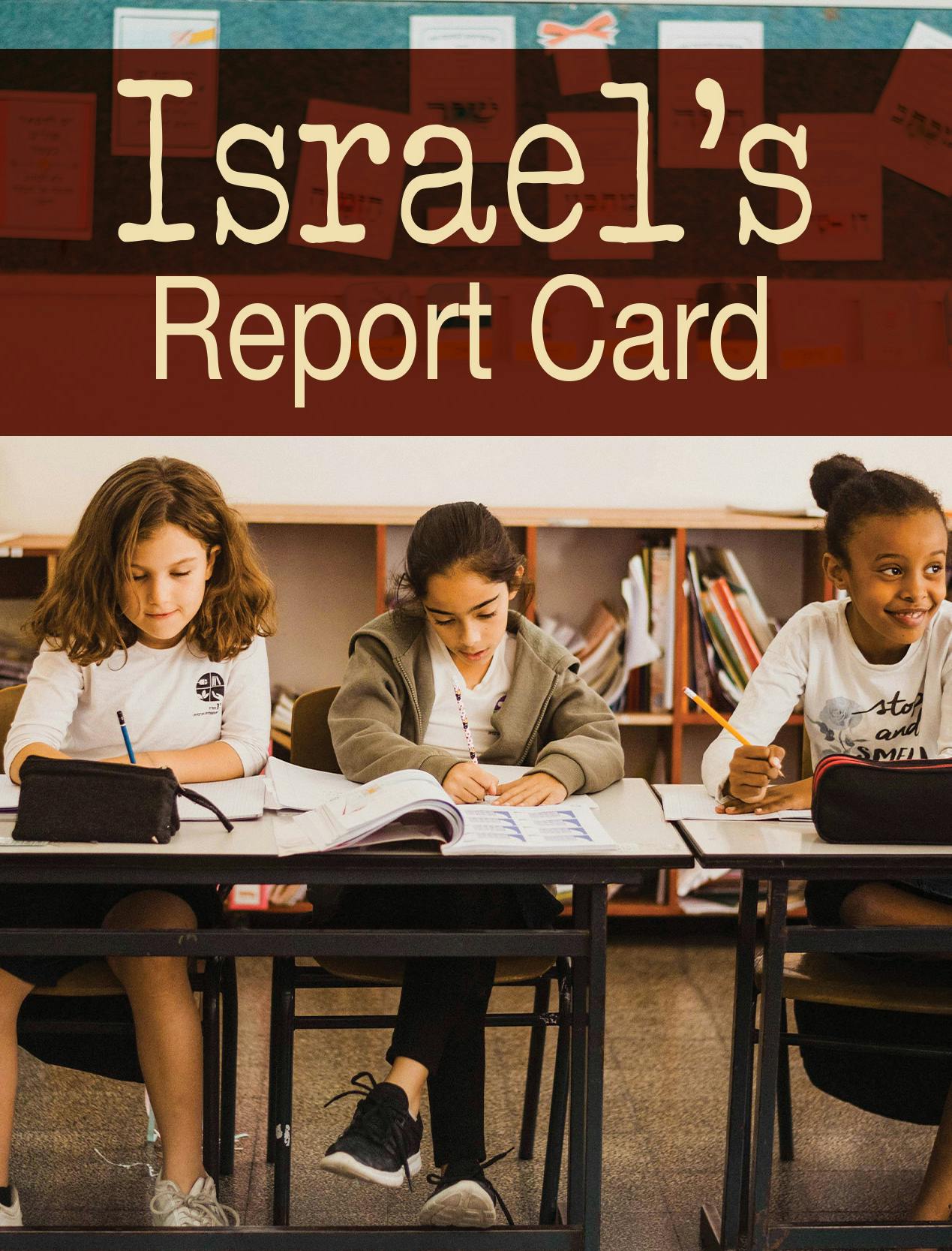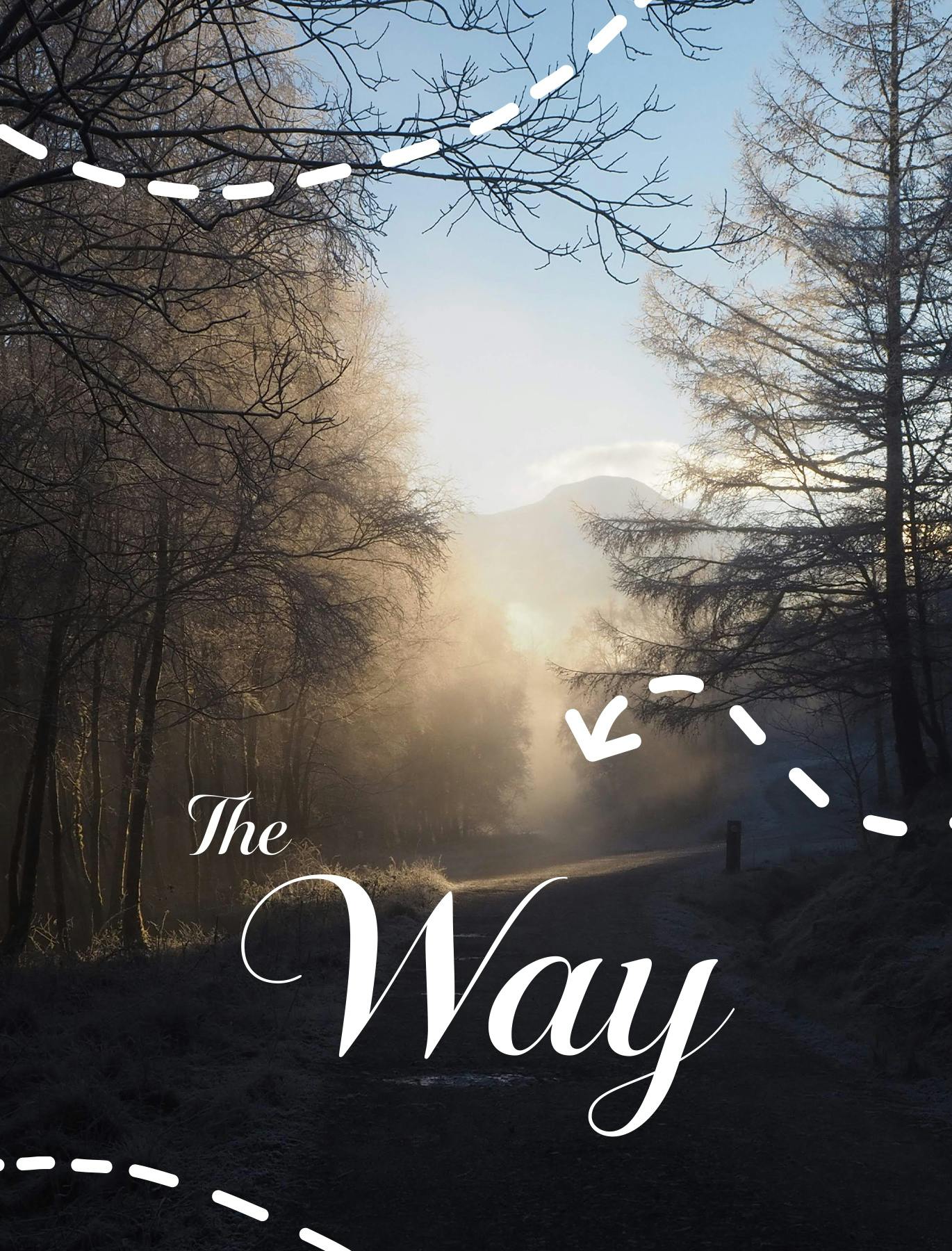Learning from the Parable of the Barren Fig Tree
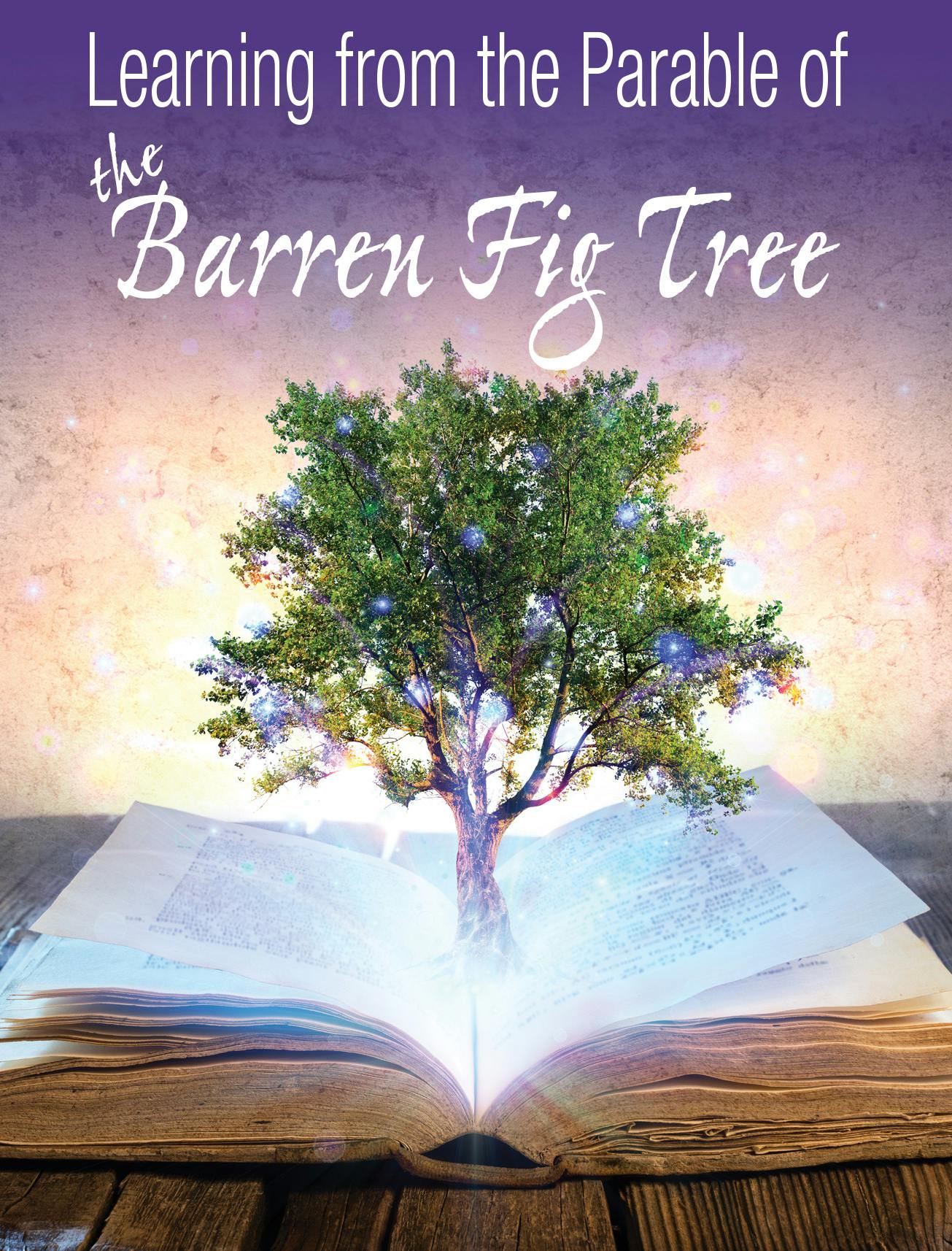
Download PDF Version
During Jesus’ (Yeshua’s) ministry He often answered questions by telling a parable, a story with a message. We find one such instance in Luke 13:6–9. “A man had a fig tree which had been planted in his vineyard; and he came looking for fruit on it and did not find any. And he said to the vineyard-keeper, ‘Behold, for three years I have come looking for fruit on this fig tree without finding any. Cut it down! Why does it even use up the ground?’ And he answered and said to him, ‘Let it alone sir, for this year too, until I dig around it and put in fertilizer; and if it bears fruit next year, fine; but if not, cut it down.’”
There are many ways we can look at this parable, including historically, culturally, allegorically, theologically, through understanding ancient agricultural practices, by exploring the Torah (Gen.–Deut.) and through a prophetic lens. Depending on our background, we may come to different conclusions. Jesus also didn’t give an interpretation of this parable in the text.
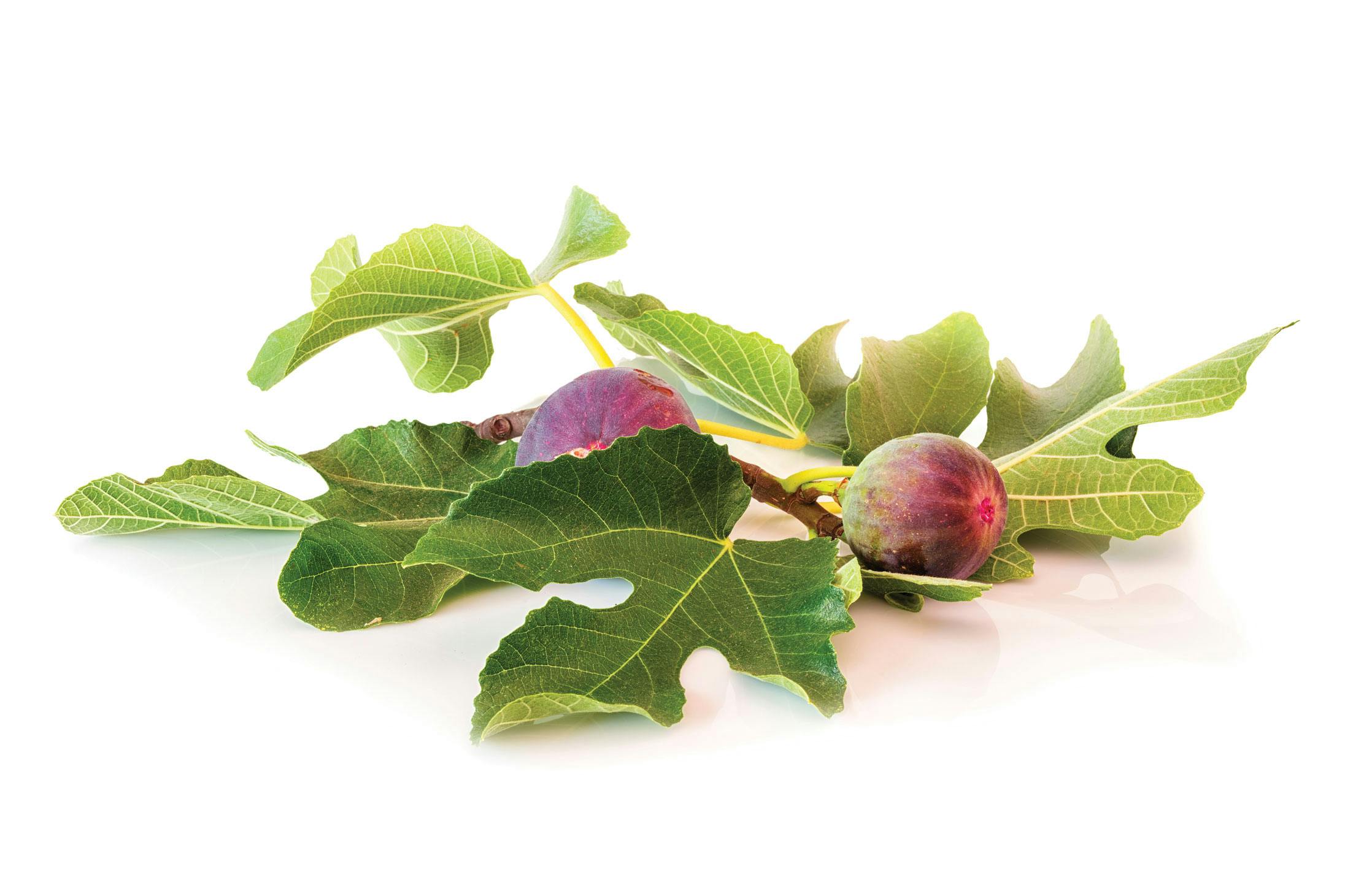
Let’s Set the Stage
When exploring Scripture, including this parable, it is crucial to look at the context. In this instance, a number of unidentified people approached Jesus. Someone brought up a horrendous, cruel event which had shocking religious implications (Luke 13:1). Pilate, the Roman leader at the time, had spilled the blood of Galilean Jews and mixed it with the sacrifice. The implication is that this occurred in the Temple as that is where the sacrifices were made. To mix human blood with a holy sacrifice to God was an abomination.
By any standard, this was a tragic, horrifying event. But what was the motivation behind the unidentified people referencing it? Since Jesus was from Galilee, did they aim to stir up His anger and that of other Galileans in the crowd toward the Romans for this act? Did they hope the Romans would come against the Galileans? Did they mention it because they believed all tragedy was a result of sin? Did they hope Jesus would speak publicly against Pilate and Rome? If that was the case, they were disappointed because Jesus avoided that issue and approached the matter theologically.
The question these unidentified people posed is critical: Did these men suffer this fate because of their sin? Jesus answered the question with a question of His own: Were they worse sinners than all other Galileans because they suffered such things? He then mentioned a tragedy that Judeans suffered when a tower collapsed (Luke 13:4), perhaps to diffuse some of the tension which the Galileans in the crowd may have felt.

Jesus had the same conclusion for both incidents. Those who suffered the tragedies didn’t die because of their sin. He then continued with an admonishment, warning that unless his audience repented, they would likewise perish. Let’s use a current example to illustrate the point. We shouldn’t assume that Israeli civilians killed by ballistic missiles sent from Iran died because of their sin. Likewise, when a child dies, we can’t deduce that the child’s parents had sinned.
At first glance, Jesus’ response might have seemed a bit odd, “I tell you, no, but unless you repent, you will all likewise perish” (Luke 13:5). However, it illustrated that the conversation was all about sin, suffering and repentance.
Repentance was not an unusual theme. John the Baptist’s ministry called for repentance and had attracted much attention. This was also in the style of Israel’s prophets.
Then, as the audience’s ears ring with Jesus’ call to repentance—which almost sounded like a threat—He switched to a pastoral story about a vineyard and a fig tree.

What Listeners Knew About Fig Trees
Fig trees are very common in Israel, with both wild and cultivated varieties growing across the land. They are valued for shade as well as the medicinal uses and food stock their fruit provide.
Fig trees are also large. We had one in the garden at Bridges for Peace that was probably 30 or 40 feet (9–12 m.) tall. They spread out with a large canopy and take up a lot of room. They are also messy. Unless you are quick to pick up all the fruit, the rotted remains attract flies and other unpleasant creatures.
A fig tree does not bear fruit for the first three years after it is planted. The Torah states that no one is to eat the fruit of a tree for the first three years. In the fourth year, the fruit is to be dedicated to God. In Jesus’ parable, the owner has looked for fruit for three years. Does that mean three years since planting, three years after the tree should have started bearing fruit or perhaps three years after the fourth year? Jesus didn’t say.
If the owner only came once a year, the “Jewish” gardener would have most likely put any fruit in the first three years on the compost pile, which means the owner wouldn’t have seen it. In fact, it would have surprised Jesus’ listeners that the owner would expect fruit during the first three years. Was the owner perhaps a Gentile and unaware of these rules? Let’s assume that the parable account begins at the time that the fig tree should have started to bear fruit, which would have made the tree six years old.
Planting a sapling fruit tree is a long-term investment with no expected short-term yield. That means the owner has had to show patience. However, he had come to the end of his tolerance and thus told the vineyard-keeper or gardener to cut the tree down. Yet the gardener had hope for the tree and suggested more time and effort to see if it would bear fruit the next year.
The story ends there. What a dissatisfying ending! We don’t learn what happens. By now we are cheering for the little tree and the gardener. We are hoping for success. We want to hear that there is fruit. But, no…we have a cliff hanger.
I imagine the audience of Jesus’ day must have had a similar reaction. Jesus obviously meant for it to be thought provoking for them. He was making a very clear connection between repentance and bearing fruit. Also, He was clearly communicating the idea that while it is His desire to cultivate and lead us toward fruit bearing, we don’t have forever to repent. The time is coming when those without repentance will be cut down, when there won’t be another chance.
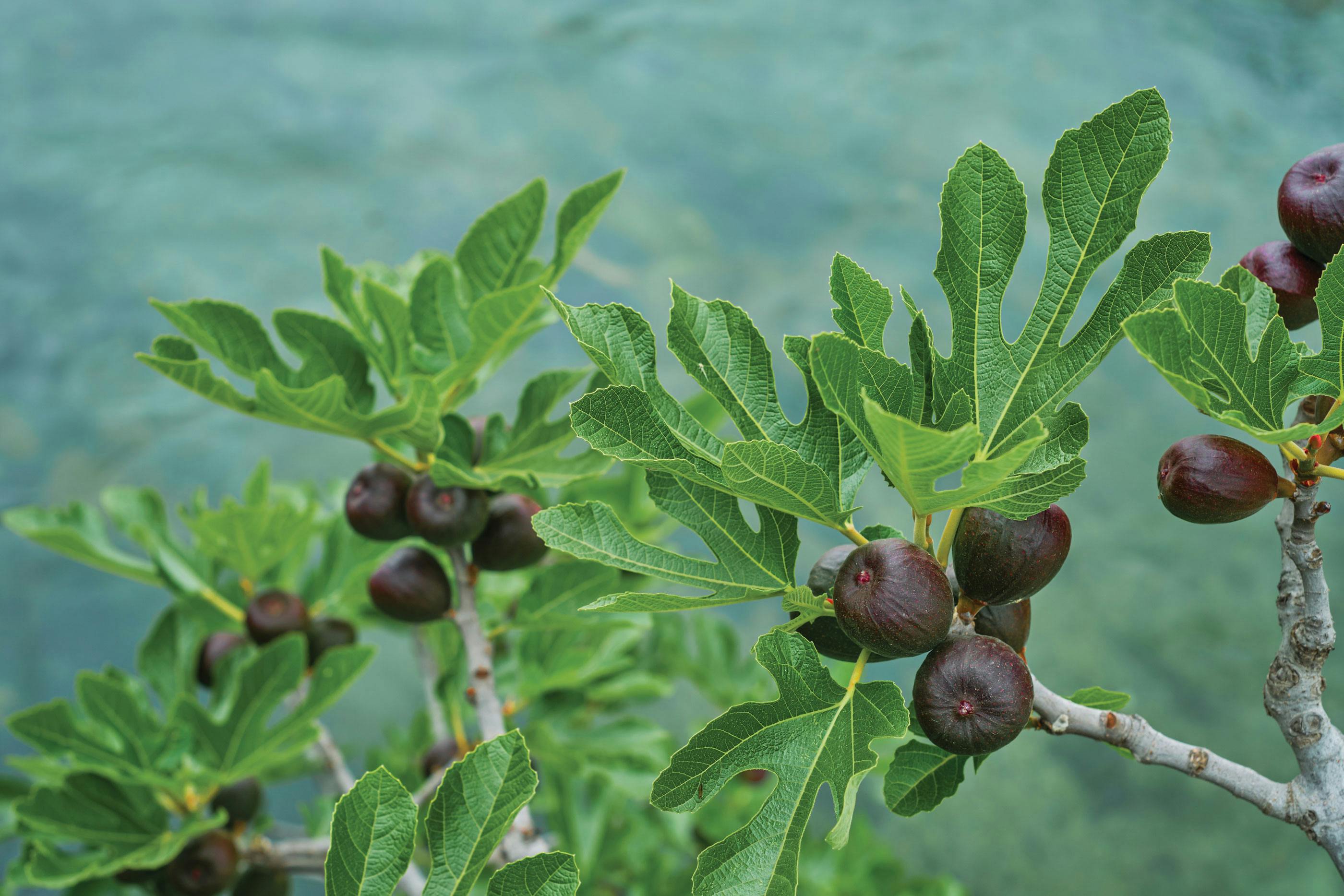
Fruit as the Evidence of Repentance
This isn’t the only time Jesus taught about bearing the fruit of repentance. In Matt. 7:16a, 17–20, He provides the evidence of a false prophet: “You will know them by their fruits…So every good tree bears good fruit, but the bad tree bears bad fruit. A good tree cannot produce bad fruit, nor can a bad tree produce good fruit. Every tree that does not bear good fruit is cut down and thrown into the fire. So then, you will know them by their fruits.”
Moreover, Matthew 3:8 instructs, “Therefore bear fruit in keeping with repentance.”
It seems obvious that the main theme of this parable is to repent now, because you don’t know when something tragic will happen. The second point is that it will be obvious you have repented when you bear fruit.
As John the Baptist and then Jesus walked the land of Israel, God was calling out to the people saying, “Turn to Me.” The whole idea of repentance in Hebrew is to turn. Many have said it is to turn away from sin, but the Jewish teaching emphasizes turning to face God. When you are face to face with God, your back will be to sin.
Beware of Allegorical Interpretation
Many Christian commentators throughout history have interpreted this parable allegorically. Some say the owner is God, the vineyard in which the fig tree is planted is Israel and the gardener or vineyard-keeper is Jesus. Others have said that the fig tree is Israel. Then there are some who hold that the fig tree is Jerusalem, and still others that it is the corrupt religious leadership of Israel. Others posit that it is a more inclusive model of the nation, Jerusalem and the religious leaders, with the primary responsibility lying with the leadership. Depending on the identity of the fig tree in your allegorical interpretation, your understanding might change as to who is being cut down.

Allegorists also have varying ideas about the significance of the three years. Some see them as the three years of Jesus’ ministry, while others believe them to be the three dispensations, namely natural law, written law and grace.
Allegorists can put any meaning on an idea without it being supported in Scripture. While it is true that the fig tree is identified with Israel, there are also times when Israel appears as a vineyard. This parable includes both a vineyard and a fig tree.
Let’s remember that when Jesus spoke these words, most of the audience would have been Jewish, both those who followed Him and those who didn’t. It is likely that they viewed this parable as a call for repentance. The Christian allegorical interpretations came only after the destruction of Jerusalem, which means that those who hold to these views decided in hindsight that Jesus was speaking prophetically about that dispersion of the Jewish people. According to this interpretation, the Jewish people had been cut down.
Replacement theologians have used this parable to argue the idea that God was finished with the “unfruitful” Jews and had moved on to the Christians. This kind of theology continued largely unchecked until it became apparent that God was going to fulfill His promises to national Israel in a very literal sense.
Yes, Israel did suffer and went into exile, but God is a covenant keeping God and with great patience is bringing them back home and fulfilling ancient prophecies. Romans 11:25–29 says, “For I do not want you, brethren, to be uninformed of this mystery—so that you will not be wise in your own estimation—that a partial hardening has happened to Israel until the fullness of the Gentiles has come in. And so all Israel will be saved, just as it is written; the deliverer will come from Zion, and He will remove all ungodliness from Jacob. This is My covenant with them, when I take away their sins. From the standpoint of the gospel, they are enemies for your sake, but from the standpoint of God’s choice they are beloved for the sake of the fathers; for the gifts and the calling of God are irrevocable.”
Applying the Parable to Our Lives
Let’s do some soul searching. We should ask ourselves: Why do believers sometimes lack fruit? What is the fruit of repentance?
Luke 13, which contains the parable of the fig tree, started with shocking tragedies. Maybe the audience even knew the people who died. Maybe they were grieving. I don’t know about you, but I have grieved over many Christian leaders falling from grace in recent times. I see the aftermath of a tsunami of pain and ask myself where the repentance and the fruit were. May we learn to keep short accounts with God. May we repent daily. James 4:7–10 says, “Submit therefore to God. Resist the devil and he will flee from you. Draw near to God and He will draw near to you. Cleanse your hands, you sinners; and purify your hearts, you double-minded. Be miserable and mourn and weep; let your laughter be turned into mourning and your joy to gloom. Humble yourselves in the presence of the Lord, and He will exalt you.”
Jesus’ words were for all people of every age. It is time to repent and bear the fruit of repentance.
Bibliography:
Bailey, Kenneth, “Parables in Luke, https://www.youtube.com/watch?v=UXztpXlknI4
Jones, Peter Rhea. Studying the Parables of Jesus. Macon: Smyth and Helwys, 1999.
Kendall, R.T. The Parables of Jesus. Grand Rapids: Chosen, 2004.
Levine, Amy-Jill. Short Stories by Jesus. New York: Harper One, 2014.
Wilson, Marvin. Exploring our Hebraic Heritage. Grand Rapids: William B. Eerdmans Publishing, 2014.
Young, Brad. The Parables. Grand Rapids: Baker Academic, 1998.
Related Resources

Discover Your Purpose and God’s Heart For You
In today's divided, turbulent world, it's essential for the Church to rediscover God's heart. Our free e-book, authored by a seasoned expert with three decades of experience in Israel, delves deep into the teachings of Jesus (Yeshua) to reveal God’s principles of love and purpose. Learn how embracing these truths can bring significance and impact to your life, even amidst chaos. Subscribe now to receive your free copy and embark on a journey of transformation.

